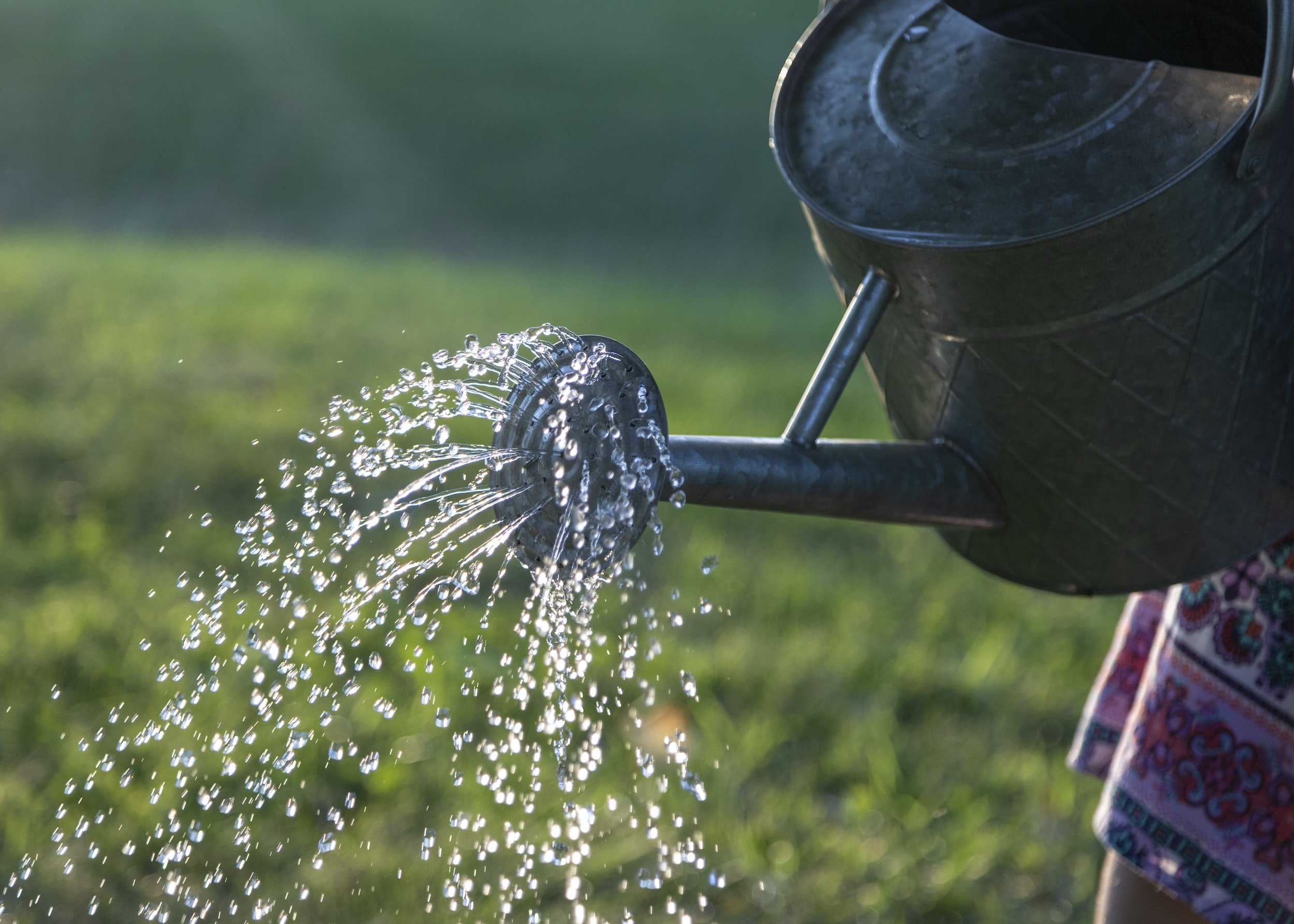Subalpine Fir (Corkbark Fir)
Abies lasiocarpa
The Subalpine fir is an attractive fir native to North America. A slow-growing tree, taking 8-10 years to reach 2 metres in height. It can show green, blue-green or grey needle colours and has very thick, corky bark on the trunk. The glossy needles have a white underside, holding very well after cutting. The tree also has fairly strong branches and a beautiful fragrance.
Origin and climate
The Subalpine Fir’s natural habitat is in the Rocky Mountains in the US and Canada, predominantly at high elevation.
Growth
Height: 6 to 8 years to grow into a 2-meter Christmas tree. Mature tree around 20 meters
Ideal Growth Conditions: neutral to acidic soil pH. Moist but well-drained soils, full sunlight or partial shade.
Attributes: thin bark, ashy-grey tree. Circular cones around 9 cm, with circular scales.
Tending and care
Here to rival its homeland cousins, the Subalpine fir ticks the boxes for something unique, interesting and robust. The star of the show in cool climates.
Plant in gardens or fields in winter to reduce stress.
Uses: Ornamental for gardens, tree lines and wind breaks, fresh-cut Christmas trees.
Fresh-cut tree care: Treat your fresh-cut tree like you would fresh-cut flowers, when you first arrive home, recut the base of the tree and place it in clean water. Check the water level daily, ensuring the stem is fully submerged. Want to give your tree some extra TLC? Spritz with water daily to help keep it fresh for several weeks.
Fun facts
Subalpine Firs where used by the native American in medicinal applications: the leaves were burned as healing vapors and the bark was grinded and infused to treat cold (note: the Blue spruce’s leave were also used in a similar fashion).
The largest specimen ever recorded, standing at 39m high, had a small door leading to a storage compartment. It was notably used by the crew of the documentary “The Olympic Elk” to store their equipment.







